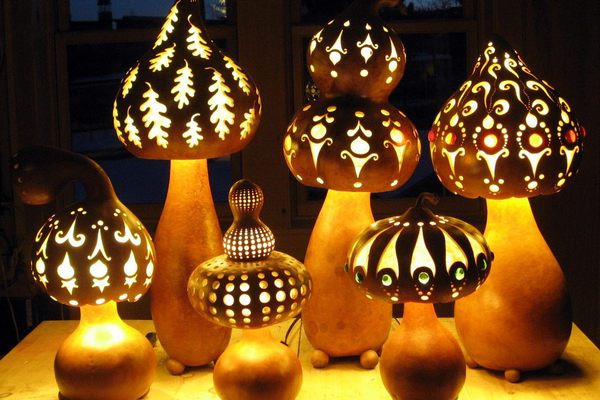Curious Fact of the Week: The Sistine Chapel of the Glass World
If you walked into the gallery of plant specimens at Harvard’s Natural History Museum, you might find the little flowers, fruits, and other sprigs of green to be rather dull in their orderly glass cases. However, not everything is as it appears.
photograph by Michelle Enemark
The over 4,000 plant models held by the museum are each handcrafted from glass, with such a detail of color and shape that it’s hard to believe they came from human hands. The glass flowers were once called the “Sistine Chapel of the glass world” by Curatorial Associate Susan Rossi-Wilcox. Each was made between 1887 and 1936 by Leopold and Rudolph Blaschka, a father-son team based in Hosterwitz near Dresden in Germany.
photograph by Michelle Enemark
They actually started with glass marine invertebrates for the Museum of Comparative Zoology at Harvard before being commissioned for the plants. Professor George Lincoln Goodale — founder of Harvard’s Botanical Museum — was unhappy with the mediocre models made from wax and papier mâché and wanted something more like the real thing for study. The results show not just the detailed structure of lilies, irises, roses, and other botanicals, but also the processes of pollination and even flora diseases. Many were handblown, others were shaped from heated glass.
photograph by Michelle Enemark
photograph by Michelle Enemark
photograph by Michelle Enemark
They’ve suffered some wear — including shattering from sonic booms and other small cracks from careless visitors running into cases — and underwent a recent restoration. Yet even decades after their creation they still retain their illusion of organic life.
GLASS FLOWERS AT HARVARD MUSEUM OF NATURAL HISTORY, Cambridge, Massachusetts
Curious Facts of the Week: Helping you build your cocktail party conversation repertoire with a new strange fact every week, and an amazing place to explore its story. See all the Curious Facts here>














Follow us on Twitter to get the latest on the world's hidden wonders.
Like us on Facebook to get the latest on the world's hidden wonders.
Follow us on Twitter Like us on Facebook